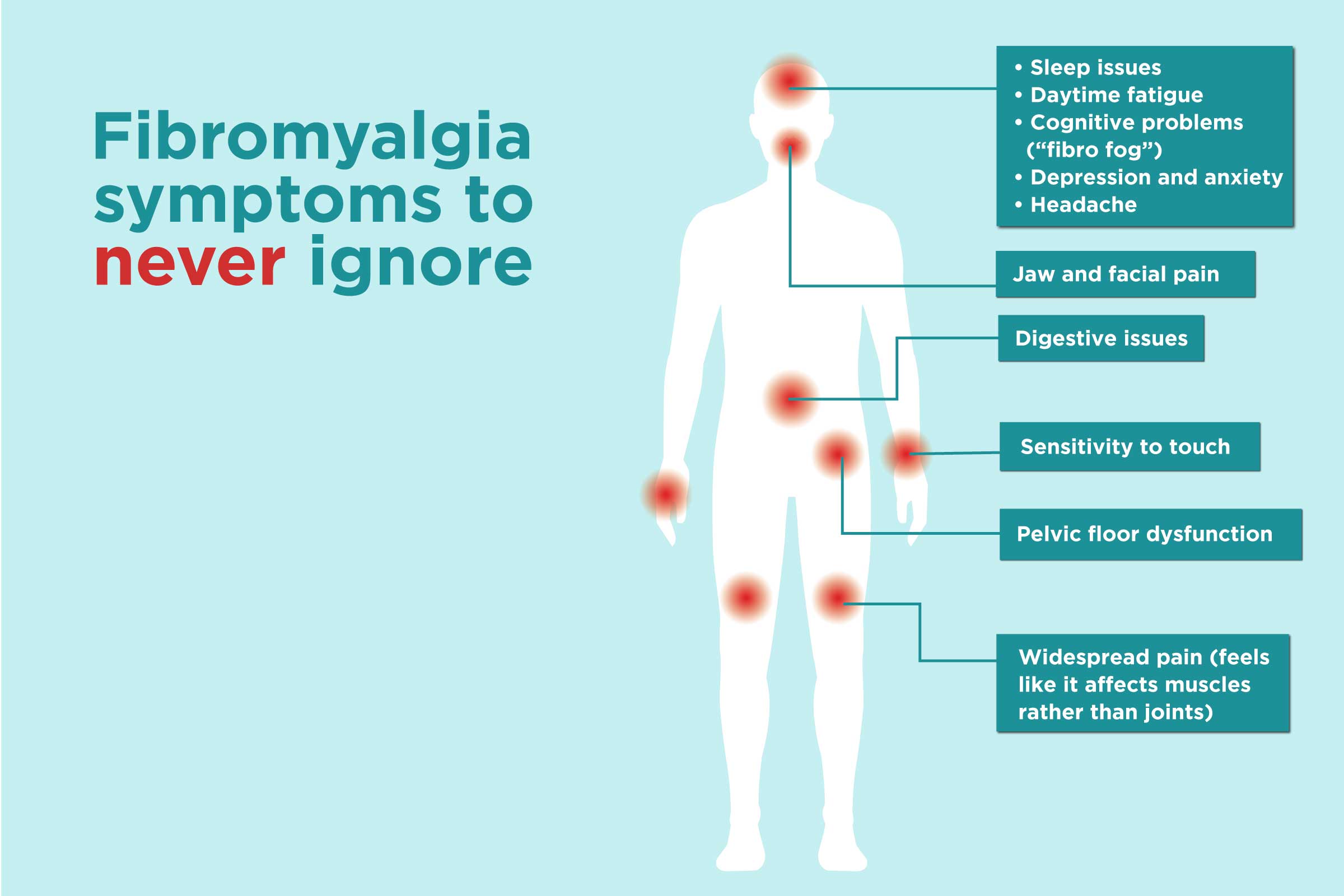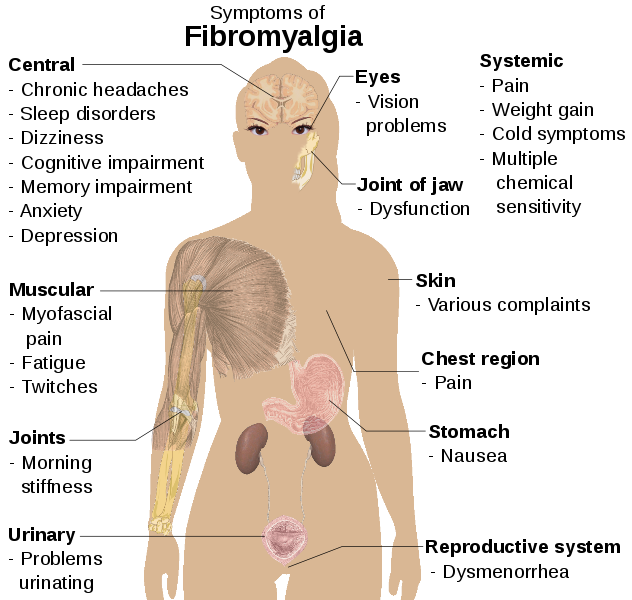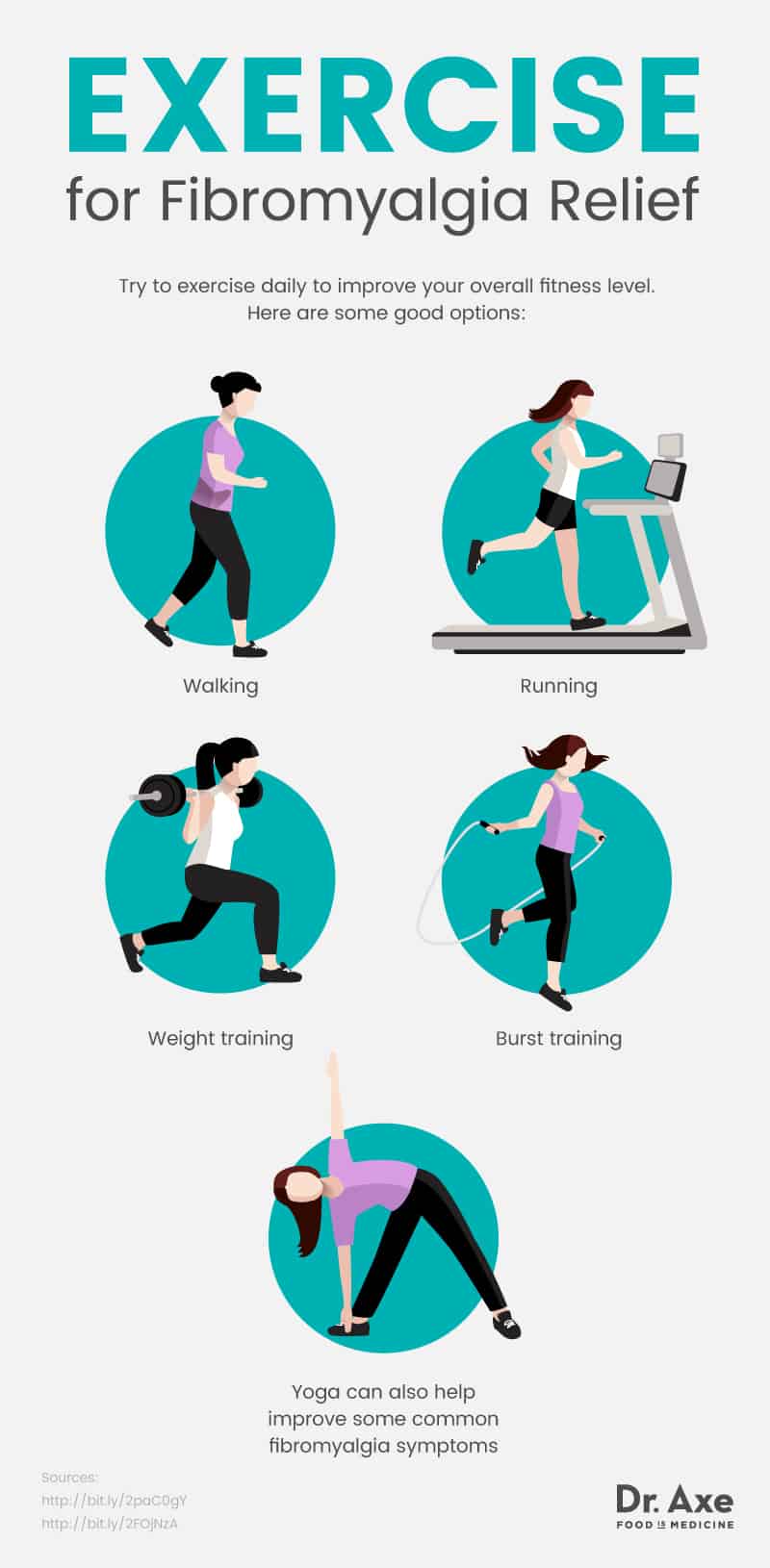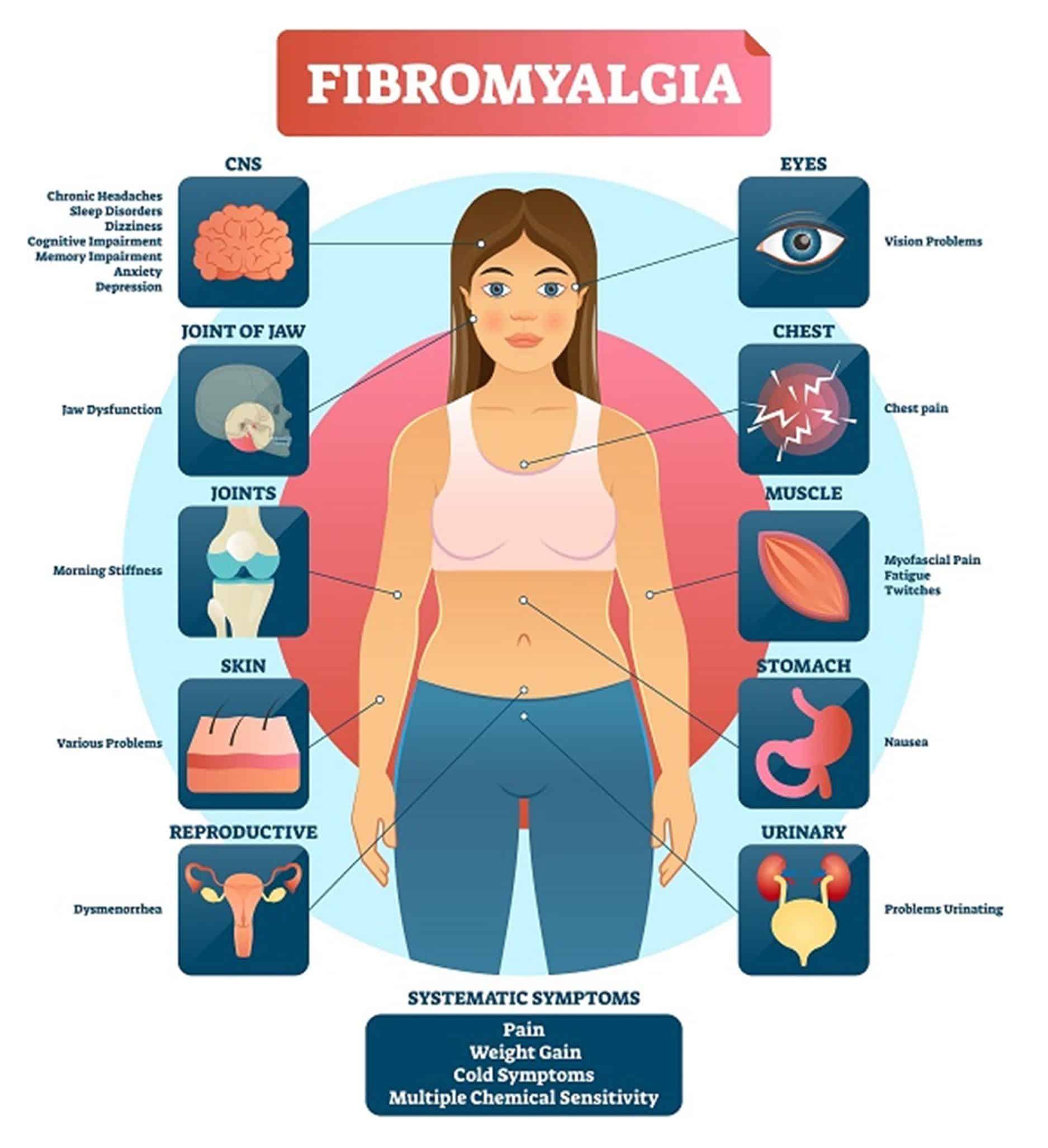Can You Lose The Ability To Walk With Fibromyalgia

Alarming reports are surfacing: some individuals with fibromyalgia are experiencing a significant decline in mobility, raising concerns about the potential for complete loss of walking ability.
This article addresses the urgent question of whether fibromyalgia can lead to the inability to walk, examining the available evidence and expert opinions to provide clarity on this critical issue.
Fibromyalgia and Mobility: A Complex Relationship
Fibromyalgia is a chronic condition characterized by widespread musculoskeletal pain accompanied by fatigue, sleep, memory, and mood issues. While not typically considered a progressive neurological disease, the debilitating pain and associated symptoms can severely impact physical function.
The Centers for Disease Control and Prevention (CDC) estimates that fibromyalgia affects approximately 4 million US adults, about 2% of the adult population. The condition is more common in women than men.
Several factors contribute to mobility challenges in individuals with fibromyalgia. Intense pain, stiffness, and fatigue can make movement difficult and painful, discouraging physical activity.
Reduced activity levels can then lead to muscle weakness and deconditioning, further exacerbating mobility issues. The psychological impact of fibromyalgia, including depression and anxiety, can also contribute to decreased motivation and physical activity.
Can Fibromyalgia Directly Cause Loss of Walking Ability?
While fibromyalgia itself does not directly damage nerves or muscles in a way that would inherently cause paralysis, the cumulative impact of its symptoms can, in some cases, lead to a severe decline in mobility.
The American College of Rheumatology states that most patients with fibromyalgia maintain their ability to walk. However, severe pain, chronic fatigue, and reduced muscle strength can make it increasingly difficult.
It is crucial to distinguish between direct causation and indirect contributions. Fibromyalgia can create a cascade of effects that ultimately result in significant mobility impairment, though not through direct damage to the locomotor system.
Factors Increasing the Risk of Mobility Decline
Several factors may increase the risk of mobility decline in individuals with fibromyalgia. These include the severity and duration of symptoms, the presence of co-existing conditions, and lifestyle factors such as inactivity and poor diet.
Individuals with severe, unmanaged fibromyalgia symptoms are more likely to experience significant limitations in physical function. Co-existing conditions, such as arthritis or other chronic pain conditions, can compound the challenges.
Lack of physical activity and a sedentary lifestyle can lead to muscle atrophy and decreased cardiovascular fitness, further contributing to mobility problems. Early intervention and appropriate management are crucial.
What the Experts Say
Dr. Sarah Miller, a rheumatologist specializing in fibromyalgia, emphasizes the importance of proactive management. "While fibromyalgia itself isn't a 'walking-threatening' disease, the consequences of unmanaged pain and fatigue can significantly impair mobility over time."
"It's essential for patients to work closely with their healthcare providers to develop a comprehensive treatment plan that addresses pain, fatigue, and psychological well-being." Dr. Miller advocates for a multidisciplinary approach.
Physical therapist, David Lee adds, "Regular exercise, even gentle forms like swimming or walking, is crucial for maintaining muscle strength and flexibility. It's about finding the right balance and modifying activities as needed."
What Can Be Done? Treatment and Management
Effective management of fibromyalgia requires a multifaceted approach. This may include medications to manage pain and improve sleep, physical therapy to improve strength and flexibility, and cognitive behavioral therapy to address psychological symptoms.
Lifestyle modifications, such as regular exercise, a healthy diet, and stress management techniques, are also crucial. Tai Chi and Yoga have shown benefits in improving flexibility and reducing pain.
Adaptive equipment, such as walking aids or mobility scooters, may be necessary for some individuals to maintain independence and participate in activities. These do not replace therapy but can assist with daily living.
The Urgency of Early Intervention
The key takeaway is that while complete loss of walking ability due solely to fibromyalgia is rare, significant mobility impairment is a real concern. Early and aggressive management is paramount.
Individuals experiencing increasing difficulty with mobility should seek immediate medical attention. A comprehensive evaluation can help identify the underlying causes and develop an appropriate treatment plan.
Further research is needed to better understand the long-term impact of fibromyalgia on mobility and to develop more effective interventions. Funding for fibromyalgia research is critical.
Moving Forward: Hope and Ongoing Developments
The situation is not without hope. Ongoing research is exploring new treatment options and strategies for managing fibromyalgia symptoms. Patient advocacy groups are working to raise awareness and improve access to care.
Individuals with fibromyalgia can take proactive steps to maintain their mobility and quality of life. By working closely with their healthcare providers and adopting a healthy lifestyle, they can minimize the risk of significant mobility decline.
Stay informed about the latest research and treatment options for fibromyalgia. Participate in support groups and connect with others who understand the challenges of living with this condition.


















